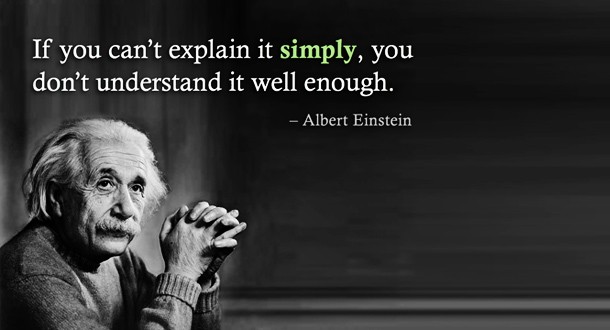Think of how the most recent Bond movies start.
They begin off with 8 minutes of Daniel Craig punching, shooting, and shoving his way through building walls, while back flipping onto moving boats, while explosions are going off everywhere, after which he gets a wink and kiss from some girl who is probably in some Victoria’s Secret cover … and all of this happens before the credits even roll.
Set your corporate presentation alongside to that intro sequence. That’s your competition. The world has changed into a viral and fast-paced society that needs instant gratification in every aspect of their lives. Audiences no longer hold the patience to listen to you going on and on about boring background or technical information. Your audience will judge you and decide whether you are even worth listening too within those first 8 minutes, probably even before that.
These next 3 steps are the key to maximizing your introduction, and in so doing, captivating your audience:
1) Establish your credibility. Traditionally speaking, credibility is generated from two independent factors: trust and expertise. If your audience find you trustworthy and reliable they will feel compelled to listen to you, regardless of what you’re saying. Unlike trustworthiness, expertise tends to be judged more objectively, with credentials, certifications or quality of information. So don’t be afraid to throw you titles and education at your audience. Charisma is the last piece in establishing credibility. If people like you, they will listen. Now, to apply credibility to your corporate presentation or investor presentation you only need a couple of slides. Demonstrate that your company has the right experience and you will put the audience into a constructive frame of mind – seeking to find ways to use what the presenter is offering, rather than seeking to find holes in your arguments.
2) Empathize. Prospects are usually looking for somebody who understands the challenges they face, and who can offer a solution to these problems. After or during the time frame when you are sharing your credibility, present an outline of the specific issue or problem your work relates to. In doing this, you show your audience that you understand the problem. After drawing them in with your outline, spend your time showing how you can solve these problems the audience have. The key issue here is to make sure that you actually talk to the audience’s challenges; if the audience don’t recognize themselves in your portrayal, then you won’t succeed in displaying empathy.
3) Promote Interaction. Try to start your presentation with a question or challenge for the audience. By presenting a well-judged puzzle and asking the audience to solve it, attention levels can quickly be raised. Careful to not do anything too hard or too easy, they are easy ways to make this tactic backfire and disengage the crowd. On a related note, it is most effective to promote interaction both at the beginning and at the end of your presentation. Most “presentation experts” simply walk up, say their “schpeel,” and walk off. Like reading a good story, they give you good content, but then stop. The point of a presentation is to achieve some sort of business related action. Sell, buy, invest, divest; it’s all part of the same root. What is the point of your presentation if you don’t leave the audience with a call to action? Just because they listened to you doesn’t mean they’ll do anything else. Leave them with a “next step.”
Let’s sum up. Starting your presentation effectively is critical to its success. If done poorly, your introduction can singlehandedly loose your audience for the entire presentation. Know what the point of your presentation is, and act accordingly. Use these 3 tactics to maximize your next PowerPoint presentation.
Work Cited:
http://www.m62.net/presentation-theory/presentation-structure/how-to-start-a-presentation/





